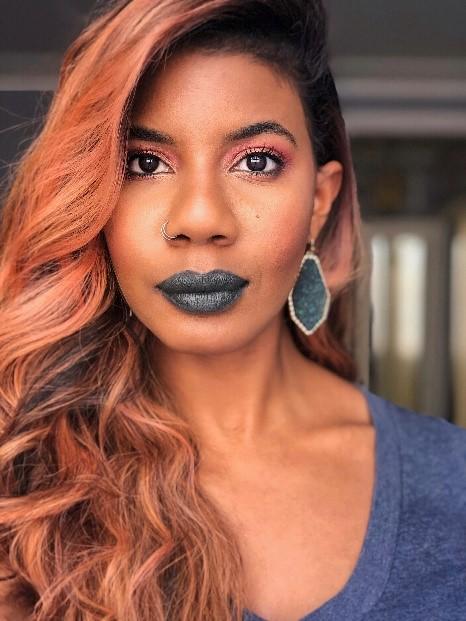Georgia High School Musical Theatre Awards at 8p
Section Branding
Header Content
Spelman Alumna, Best Selling Author Talks Childhood Influence, Representation
Primary Content
When Spelman alumna and New York Times best selling author Nic Stone was in high school, the authors of most of the books she had to read were by “dead white men,” she said.
Now as an adult, she writes books with as many characters of color as possible.
As a child, Stone quickly became self-aware of her and her peers’ race when her mother had to pick up another classmate, Christine, at their trailer home for a D.A.R.E. choir concert. When she went to her classmate’s front door, she heard yelling inside as Christine snuck out.
“I knew that she was a different race from me,” Stone said. “And I was not expecting a person like her to have less than I had.”
When Stone told her grandmother about Christine’s living conditions, she told her that Christine was PWT— Poor White Trash.
“That was my first time hearing the term,” Stone said. “It was also my first time coming to the realization that I expected this person who looked different for me to have more than I did.”
Since that moment, Stone has been more aware of racial diversity and how race interacts with her world. From having her first Indian friend at Peachtree Elementary School to feeling ostracized by other black students for liking alternative music and hanging out with white students in her gifted program, Stone remained cognizant of her identity as she shifted social groups.
By the time Stone was a senior in high school, her group of Asian and white friends unintentionally turned into predominantly black male athletes.
“It just happened that way where the black girls wanted nothing to do with me,” she said. “But the black guys ... I was like the girl in the friend group which gave me access to stuff that I did not even want to know about.”
RELATED: Everybody Loves The Sunshine
In Stone’s books, such as Dear Martin and Clean Getaway, she drew inspirations from her childhood and being a mentor and educator to black adolescents. Sitting back and observing conversations granted her an opportunity to create immersive characters of color.
“[In high school], the only time I saw black people in books, they were the scapegoat for a crime or they were slaves or they were stupid,” Stone said. “There was nothing redemptive about being black in books. It was just this like thing that nobody would have wanted to be.”
So, she changed the script and painted her black characters in a positive and more relatable light.
Stone’s character writing process goes a bit like this--She has a two-page template that she fills out for each character before writing her books. By the end of it, she’s able to plug the characters in any situation and know exactly how they’d react.
“It’s very methodical,” Stone said.
Stone’s books make a point to represent people of color and growing pains with immersive intention. Dear Martin focuses on Justyce McAllister, a black student who faces unique challenges of being black in a predominantly white private school. Clean Getaway follows William “Scoob” Lamar, a young black boy who goes on a road trip with his white grandmother and uncovers America’s past. Odd One Out tells a story about sexuality and love through three adolescent characters.
“[The books I’ve written] come from being caring and wanting my kids to have something I didn't have,” Stone said. “And not just them. The young me's out there... I'd want [it] out of the book I wrote because I needed that joint when I was in high school and trying to figure myself out.”
With Dear Martin’s sequel, Dear Justyce, coming out Oct.6, 2020, Stone wants to continue being a proponent for humanity.
“I just want people to like interact with each other as people that make you appreciate each other's differences. Recognize that we don't all have to look or feel or act the same way,” she said. “We can all be great together.”


